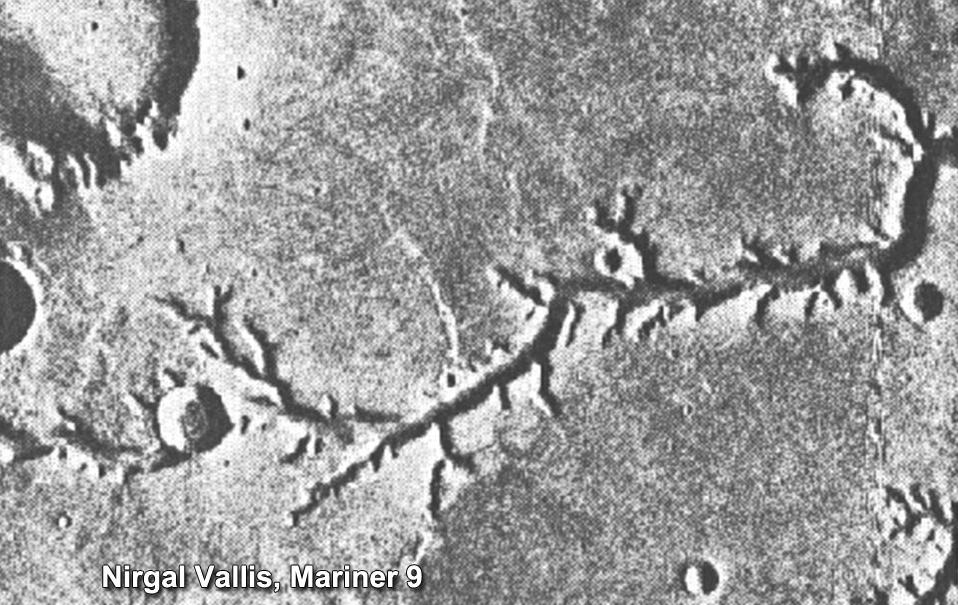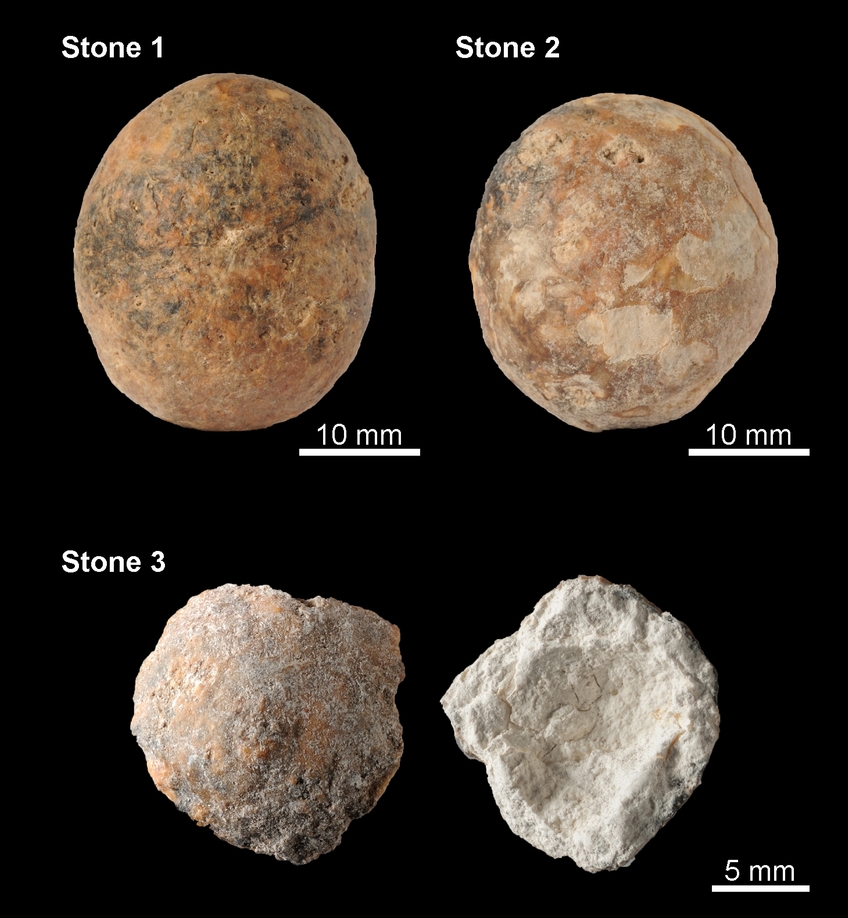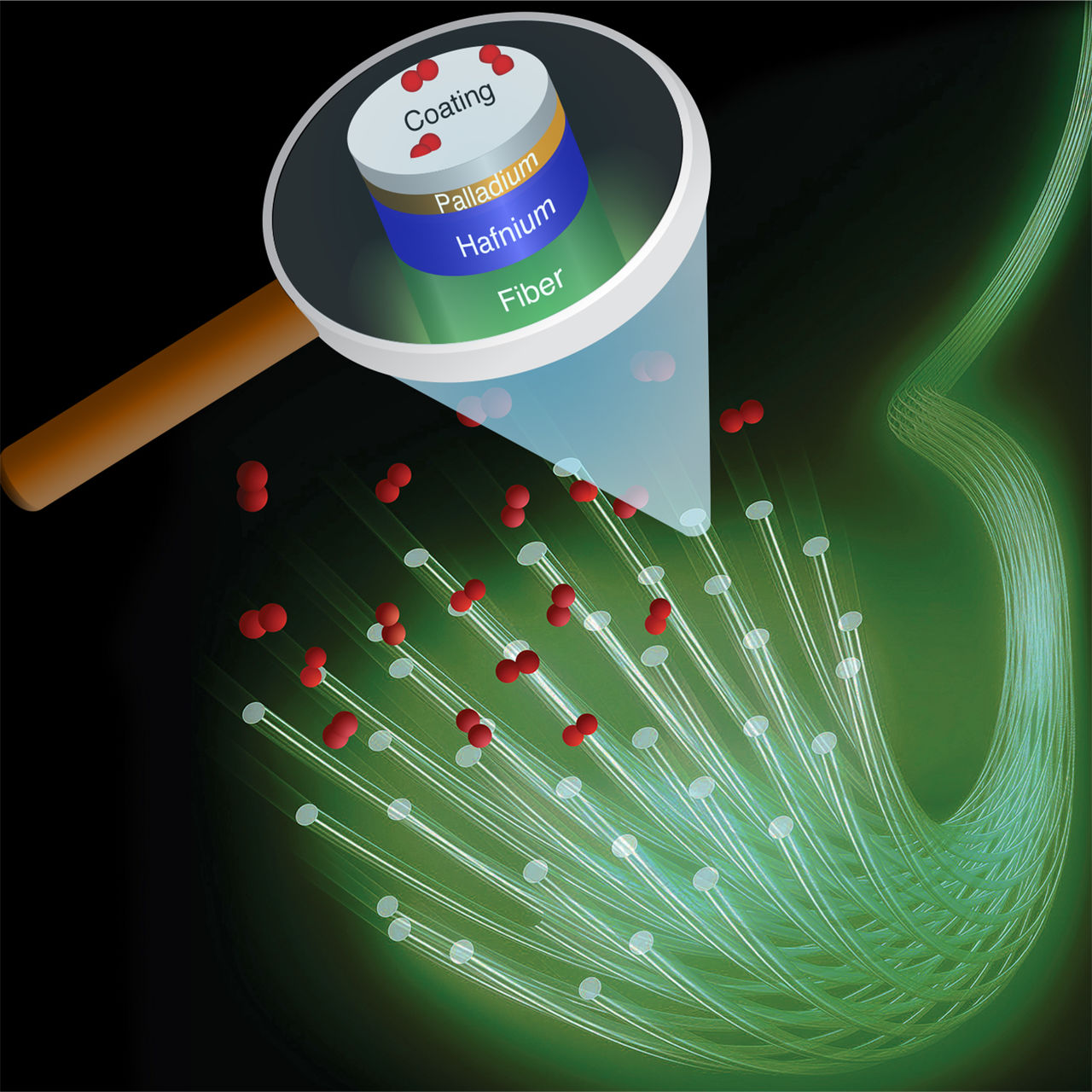The internet has transformed nearly every aspect of our day to day lives - including the way we discuss research. Though we still place great importance on traditional measures of article impact, such as citations, there is growing interested in alternative metrics or “altmetrics". Altmetrics track article mentions on social media, discussions on research blogs, mainstream media coverage, bookmarks on reference managers like Mendeley, Wikipedia cites and more. Altmetrics capture online attention surrounding an article but they're neither an indicator of scientific quality nor a guarantee of citations.
Altmetrics provide a rapid and diverse indication of an article's impact, measuring influence in ways that would be missed if looking at traditional citations alone. We've selected the top 10 most-discussed journal articles of 2017 based on research from ISIS Neutron and Muon Source, all of which feature in the top 5% of all research outputs scored by data science company Altmetric.
1. Liquid metal-organic frameworks
Altmetric score: 155
Reference: R. Gaillac et al. “Liquid metal–organic frameworks" Nature Materials, 16, 1149–1154 (2017). DOI:10.1038/nmat4998.
Summary: MOFs are tiny structures able to filter, trap or transport single molecules with a wide range of potential applications. This paper evidenced a MOF that retained its chemical configuration; coordinative bonding and most remarkably porosity even in the liquid state.
Highlight: By the 9th of January the paper had generated a large amount of interest on twitter with 196 tweets from 126 users, reaching an upper bound of 252,703 followers between them.
ISIS instrument: GEM
2. SANDALS diffractometer sheds light on the enigma of Martian channel formation
Altmetric score: 93
Reference: S. Lenton, et al. "Highly compressed water structure observed in a perchlorate aqueous solution" Nature Communications, 8, 2017. DOI:10.1038/s41467-017-01039-9 .
Summary: Neutron diffraction was used to study the structure of a mimetic of Martian water using the SANDALS diffractometer. These results could explain how Martian channels form, shedding light on a phenomenon that has mystified scientists for centuries.
Highlight: In addition to coverage from the scientific community this story was also picked up by the national press including the Daily Mail, The Sun and Daily Express . Read our science highlight here.
ISIS instrument: SANDALS
 |
This view of channels on Mars came from NASA Mariner 9 orbiter. In 1971, Mariner 9 became the first spacecraft to enter orbit around Mars. Credit: NASA/JPL-Caltech.
|
3. Neutrons solve a 12,000-year-old medical mystery
Altmetric score: 90
Reference: Usai, D. et al. “Late Pleistocene/Early Holocene Evidence of Prostatic Stones at Al Khiday Cemetery, Central Sudan." PLoS ONE. 12 (1), 2017, DOI: 10.1371/journal.pone.0169524 .
Summary: Three stone-like objects found within the pelvic region of a 12,000-year-old human skeleton were studied using the instrument INES. They were found to be the world's oldest prostate stones; a condition which was thought to be exclusive to the modern era.
Highlight: This story on this research published on seeker.com received over 20,000 Facebook engagements, including a share from the discovery channel (engagements include link clicks, likes, shares, photo views or comments). Read our science highlight here.
ISIS instrument: INES

|
Photographs of the three prostate stones. Credit: D. Usai et al.
|
4. Magnetoelectric material shows potential as memory for electronics
Altmetric score: 87
Reference: W. Saenrang et al. “Deterministic and robust room-temperature exchange coupling in monodomain multiferroic BiFeO3 heterostructures", Nature Communications (2017). DOI: 10.1038/s41467-017-01581-6.
Summary: Devices tend to store information either through electric or magnetic fields, each method has its advantages and disadvantages. However, future electronics could benefit from the best of each method. This paper describes a unique process for making a high-quality magnetoelectric material which has both magnetic and electrical functionalities.
Highlight: This journal article was picked up by 11 news outlets.
ISIS instrument: WISH
5. A neutron diffraction study on Viking swords
Altmetric score: 56
Reference: A. Fedrigo et al. “Extraction of archaeological information from metallic artefacts—A neutron diffraction study on Viking swords" Journal of Archaeological Science: Reports 12 425-436 (2017) DOI:10.1016/j.jasrep.2017.02.014.
Summary: Three Viking swords were non-destructively studied using neutron diffraction using INES. The results found these weapons were in fact most likely decorative, and not used for fighting.
Highlight: This story was picked up by several well-known news outlets such as the Daily Mail and Fox News This article in livescience.com also received over 3,000 engagements on social media.
ISIS instrument: INES
6. A high-temperature quantum spin liquid with polaron spins
Altmetric score: 48
Reference: M. Klanjšek et al. “A high-temperature quantum spin liquid with polaron spins" Nature Physics, 13, 1130–1134 (2017) DOI:10.1038/nphys4212.
Summary: Muons have been used to probe the magnetic properties of the low-temperature spin state in 1T-TaS2 and broadly the physics behind the quantum spin liquid on a triangular lattice. These results reveal the physics behind a mystery over 40 years old. Highlight: This journal article received a large amount of attention on twitter. By the 9th of January the paper had generated 51 tweets from 45 users, reaching an upper bound of 285,509 followers between them.
ISIS instrument: MuSR
7. Trapping nuclear waste at the molecular level
Altmetric score: 33
Reference: X. Zhang el al. “Confinement of iodine molecules into triple-helical chains within robust metal–organic frameworks" J. Am. Chem. Soc., 2017 139 (45), 16289-16296 DOI: 10.1021/jacs.7b08748.
Summary: Airborne radioactive iodine is one of the bi-products of the nuclear waste disposal process. A recent study involving Diamond Light Source and ISIS Neutron and Muon Source showed how MOFs can capture and store iodine which may have implications for the future confinement of these hazardous substances.
Highlight: This journal article was bookmarked by 19 readers on Mendeley.
ISIS instrument: TOSCA
8. Topological numbers could be the key to novel materials
Altmetric score: 28
Reference: P. A. McClarty et al. “Topological triplon modes and bound states in a Shastry–Sutherland magnet" Nature Physics, 13, 736–741 (2017) DOI:10.1038/nphys4117.
Summary: Our insight into matter has been revolutionised by the understanding that there are states of matter that cannot be distinguished by examining a material at a local level. The differences between these states are encoded in topological numbers, and determine the properties of a material. This research on a quantum magnet system using LET could lead to a new class of materials with novel properties.
Highlight: By the 9th of January the paper had generated 9 tweets from 9 users, reaching an upper bound of 193,536 followers between them.
ISIS instrument: LET
9. A hydrogen sensor spanning six orders in pressure
Altmetric score: 26
Reference: C. Boelsma et al. “Hafnium—an optical hydrogen sensor spanning six orders in pressure" Nature Communications, 8, 15718 (2017) DOI: 10.1038/ncomms15718.
Summary: Scientists have used neutrons to help develop an extremely sensitive hydrogen sensor that can detect even the smallest of leaks. A thin film of palladium-capped hafnium, the proposed sensor material, was studied using the technique of neutron reflectometry on the instrument Offspec.
Highlight: This journal article was picked up by 3 news outlets. Read our science highlight here.
ISIS instrument: Offspec

|
10. A promising candidate for a quantum spin liquid
Altmetric score: 23
Reference: Yuesheng Li et al. “Muon Spin Relaxation Evidence for the U(1) Quantum Spin-Liquid Ground State in the Triangular Antiferromagnet YbMgGaO4 " Phys. Rev. Lett. 117 (2016) : 097201. DOI: 10.1103/PhysRevLett.117.097201.
Summary: Muon spin relaxation and rotation has been used to probe a newly discovered material and a promising candidate for a quantum spin liquid (QSL) - ytterbium-magnesium-gallium-tetraoxide (YbMgGaO4 ) . QSLs have potential applications in high temperature superconductivity and quantum computing.
Highlight: This journal article was picked up by 2 news outlets.
ISIS instrument: MuSR
Further information
Check the Altmetric Attention Score of your research article here.
Tweet us @isisneutronmuon about your research, or contact a member of the ISIS Impact team before you publish if you think we should know about your paper.
Learn more on the link between altmetrics and cites here.
Data true as of 9th January 2018 collected from epubs.
